Paper Secondary packaging for the medical and cosmetology industries !
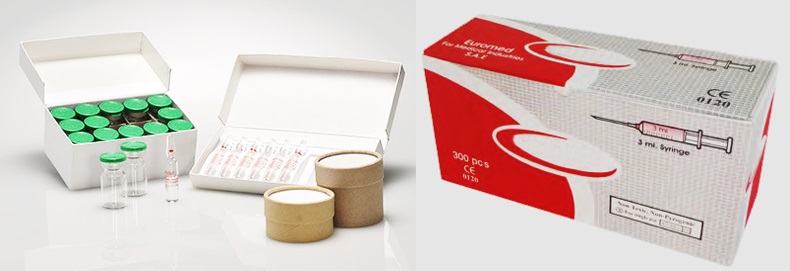
A trend which is increasingly gaining ground in the medical and cosmetology industries is the use of secondary paper packaging. Although the use of this type of packaging is already widespread in the food and beverage industry, its functionality makes it ideal for pharmaceutical and cosmeticproducts.
In particular, paper packaging has the following characteristics:
– It is resistant and light, thus maintaining the products in perfect condition during transportation and storage. This is particularly important given the growing popularity of e-commerce worldwide.
– Its size and shape is easily adjustable (customization) covering all market needs and it can be decorated with high quality graphics, thus constituting an effective marketing tool for bran
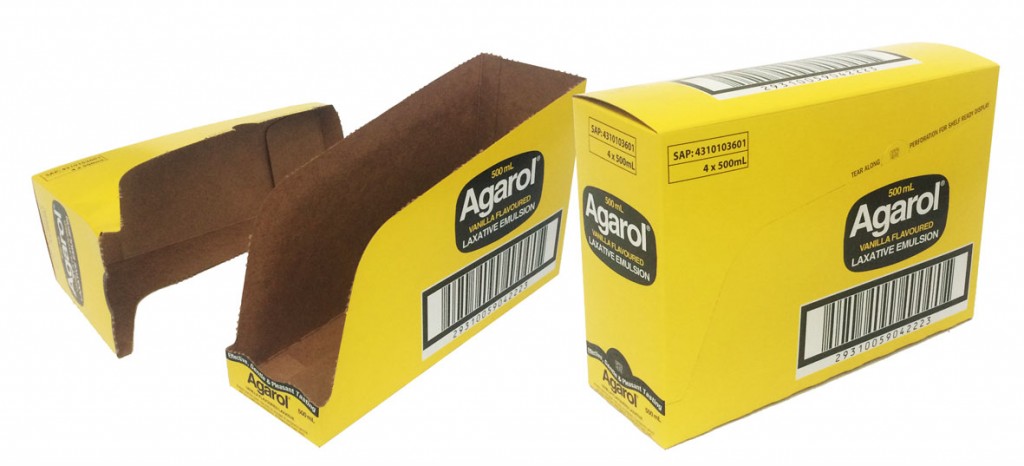
– Paper is environmentally friendly as it is made of renewable raw materials and it can be recycled and reused. A significant trendin the
 packaging industry is the use of fewer and more durable materials for the reduction of the packaging weight which also leads to lower costs of production, transport and storage. Consequently, this type of packaging material improves the companies’ ecological footprint, which is particularly important when considering that consumers are more sensitive to ecological issues and that firms are increasingly trying to become “greener”.
packaging industry is the use of fewer and more durable materials for the reduction of the packaging weight which also leads to lower costs of production, transport and storage. Consequently, this type of packaging material improves the companies’ ecological footprint, which is particularly important when considering that consumers are more sensitive to ecological issues and that firms are increasingly trying to become “greener”.The sectors that mostly use secondary paper packaging are food and beverages as well as the retail channel (online and brick and mortar), since in this way the product is kept safe during transportation and storage and can be easily placed on supermarket shelves. In addition, paper packaging contributes to the effective promotion and differentiation of the brand. Understandably, this successful approach seems to be adopted also by the industries of medical and cosmetic products.
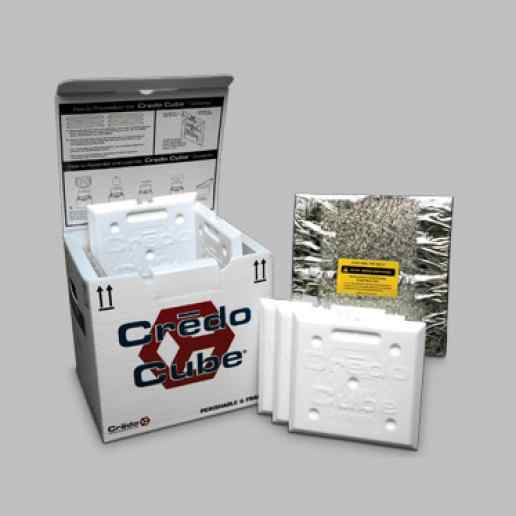 A typical example is the paper packaging that incorporates a thermal isolation chamber system composed of interconnected vacuum insulation panels that isolate the payload from temperature excursion with a tight, protective thermal seal for a pre-determined temperature range and duration. As a result, the need for hot or cold pockets or for ice, dry ice, or gel packs within the corrugated shipper is eliminated. The packaging may be adjusted to maintain the medication at room temperature (15-25 ° C) or refrigerated (2-8 ° C) even at freezer temperatures and it is fully recyclable. This packaging was developed by an American packaging manufacturing company for the pharmaceutical and biotechnology industries to meet its customers’ (doctors, hospitals, health centers) needs, since those regularly prefer temperature controlled packaging for the delivery of medicines as well as for clinical trial shipment.
A typical example is the paper packaging that incorporates a thermal isolation chamber system composed of interconnected vacuum insulation panels that isolate the payload from temperature excursion with a tight, protective thermal seal for a pre-determined temperature range and duration. As a result, the need for hot or cold pockets or for ice, dry ice, or gel packs within the corrugated shipper is eliminated. The packaging may be adjusted to maintain the medication at room temperature (15-25 ° C) or refrigerated (2-8 ° C) even at freezer temperatures and it is fully recyclable. This packaging was developed by an American packaging manufacturing company for the pharmaceutical and biotechnology industries to meet its customers’ (doctors, hospitals, health centers) needs, since those regularly prefer temperature controlled packaging for the delivery of medicines as well as for clinical trial shipment.
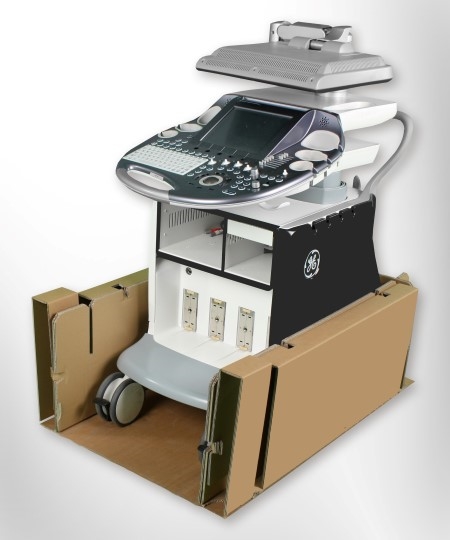 ramp to ease loading and on the other hand polyethylene padding (PE) which helps maintaining a distance between the device and the corrugated board, thus eliminating the possibility of frictions during transport. This ecological packaging was created by aMexican packaging company, as a more efficient and convenient solution for the transportation of medical equipment instead of the classic wooden secondary packaging that entails higher production transport and storage costs.
ramp to ease loading and on the other hand polyethylene padding (PE) which helps maintaining a distance between the device and the corrugated board, thus eliminating the possibility of frictions during transport. This ecological packaging was created by aMexican packaging company, as a more efficient and convenient solution for the transportation of medical equipment instead of the classic wooden secondary packaging that entails higher production transport and storage costs. Furthermore, a particularly innovative solution is the square, paper, eco-friendly packaging which incorporates internally 100% pure, clean wool, which has the ability to maintain drugs (such as vaccines) at an optimal temperature between 2-8 ⁰C during transportation across the globe. Furthermore, this package is 25% smaller, 50% lighter and 25% more spacious than conventional boxes containing synthetic insulation. This packaging was manufactured by an English packaging company aiming at providing the medical industry with an ecological and efficient solution for sensitive medical products.
Furthermore, a particularly innovative solution is the square, paper, eco-friendly packaging which incorporates internally 100% pure, clean wool, which has the ability to maintain drugs (such as vaccines) at an optimal temperature between 2-8 ⁰C during transportation across the globe. Furthermore, this package is 25% smaller, 50% lighter and 25% more spacious than conventional boxes containing synthetic insulation. This packaging was manufactured by an English packaging company aiming at providing the medical industry with an ecological and efficient solution for sensitive medical products.
An additional illustrative and innovative example is the corrugated cardboard rectangular box which is 100% recyclable and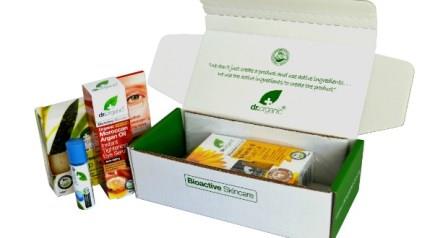 incorporates internally adhesive tape to hold the items firmly in the center of the box. It facilitates the packaging of the products and protects them from damages during transportation and delivery. It can be also transported and stacked easily due to its lightweight. Moreover, it incorporates an opening film on the outer surface that ensures security and tamper evidence. The packaging can be also decorated with graphic designs both internally and externally, enhancing the image of the brand, thus contributing to the development of emotional ties with the end users. This solution wasused by a British brand of natural, organic skincare products to support its e-retail offer, aiming at offering a pleasant shopping experience and at promoting the company’s values.
incorporates internally adhesive tape to hold the items firmly in the center of the box. It facilitates the packaging of the products and protects them from damages during transportation and delivery. It can be also transported and stacked easily due to its lightweight. Moreover, it incorporates an opening film on the outer surface that ensures security and tamper evidence. The packaging can be also decorated with graphic designs both internally and externally, enhancing the image of the brand, thus contributing to the development of emotional ties with the end users. This solution wasused by a British brand of natural, organic skincare products to support its e-retail offer, aiming at offering a pleasant shopping experience and at promoting the company’s values.
All in all, the use of secondary paper packaging does not constitute an exclusive privilege of the food and beverage sectors. The health care and cosmetics industries seem to increasingly explore this solution, as it meets the needs and requirements of both the buyers and distribution channels for eco-friendly, easy to use, lightweight and durable packaging that keep products safe and intact along the supply chain.
ΠΗΓΕΣ: Tony Corbin (2016, 2015), Waqas Qureshi (2015), www.packagingnews.co.uk, www.packagingeurope.com, www.pmpnews.com .

